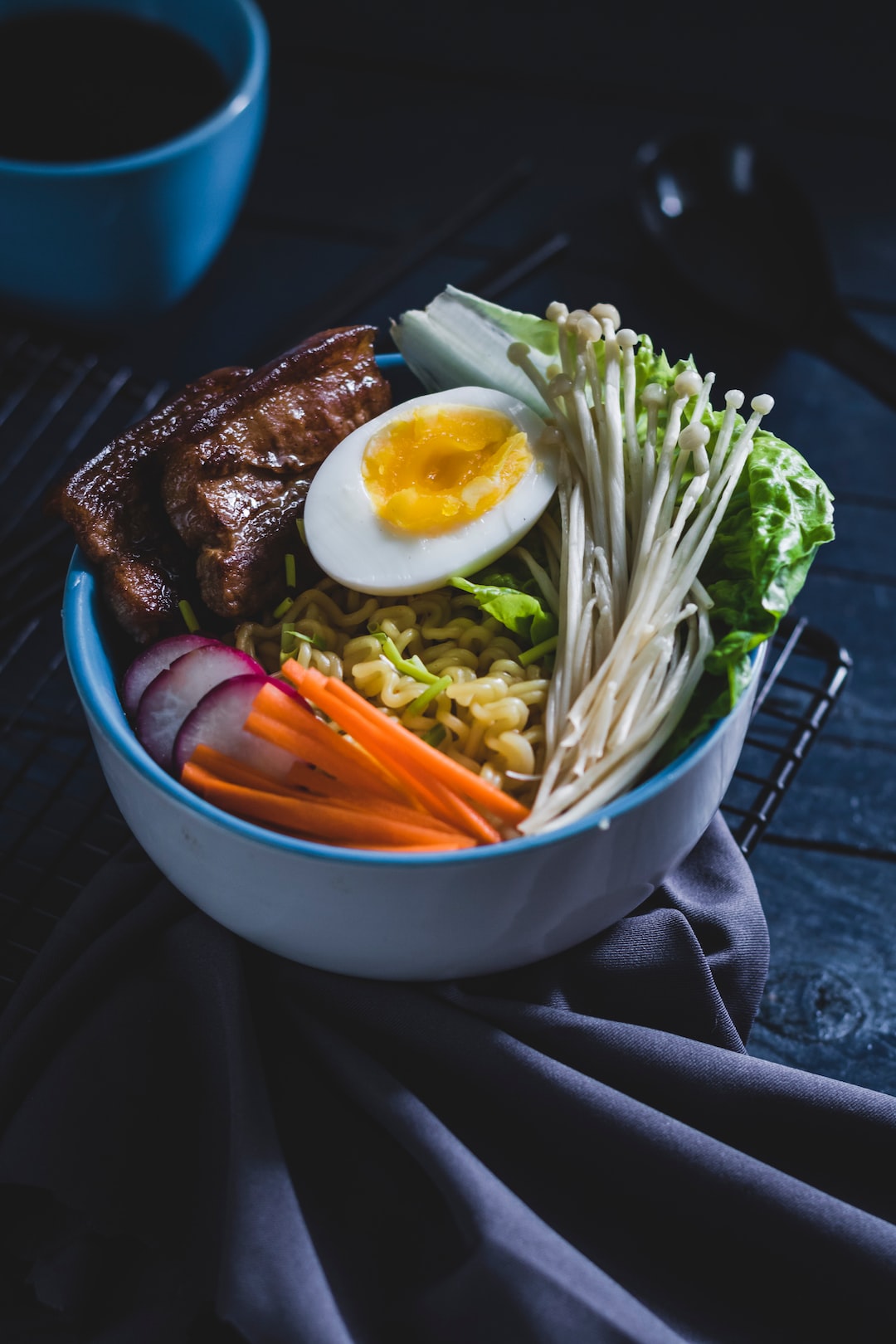Spice Up Your Life: Discovering the Wonders of World Spices
In our daily lives, we often take spices for granted. They add flavor, aroma, and color to our dishes, making them more appetizing and enjoyable. But have you ever stopped to wonder about the origins and benefits of these magical ingredients? Let’s take a journey and explore the wonders of world spices.
For centuries, spices have been sought after and traded around the world. They were considered precious commodities and were even used as currency. These valuable ingredients were used not only for culinary purposes but also for medicinal and preservation purposes.
One of the most well-known spices is pepper, which has a long history dating back to ancient times. Black, white, and green pepper are derived from the same plant, but they are harvested at different stages of ripeness. Pepper adds a kick to dishes and is known for its digestive properties and ability to enhance nutrient absorption.
Cinnamon is another spice with a rich history. It was highly prized in ancient Egypt, used in embalming rituals and as a flavoring agent. Today, cinnamon is known for its sweet and aromatic flavor, often used in desserts and warm beverages. It has also been found to have antioxidant and anti-inflammatory properties, making it beneficial for our health.
Turmeric, a vibrant yellow spice, has gained popularity in recent years for its numerous health benefits. It is commonly used in Indian and Middle Eastern cuisines and is the main ingredient in curry powder. Turmeric contains a compound called curcumin, which has potent anti-inflammatory and antioxidant properties. It has been used for centuries in traditional medicine to treat various ailments.
Saffron, often referred to as the “golden spice,” is one of the most expensive spices in the world. It is derived from the flower of the Crocus sativus plant and is known for its distinct flavor and vibrant color. Saffron adds a unique touch to dishes and is commonly used in Spanish paella and Indian biryanis. It is also believed to have mood-boosting properties and has been used as a natural remedy for depression and anxiety.
Moving on to the Middle East, we encounter sumac, a reddish-purple spice with a tangy taste. Sumac is commonly used in Middle Eastern and Mediterranean cuisines, particularly in dishes such as fattoush and muhammara. It adds a tart and slightly lemony flavor to dishes and is rich in antioxidant compounds that may have anti-inflammatory and anticancer properties.
Cloves, with their warm and sweet flavor, have a long history of use in traditional medicine. They are derived from the flower buds of the Syzygium aromaticum tree and are commonly used in both sweet and savory dishes. Cloves are rich in antioxidants and have antibacterial properties. They are often used in oral care products and can help alleviate toothaches and gum pain.
Cardamom, a popular spice in Indian and Middle Eastern cuisines, has a unique and fragrant flavor. It is often used in sweet dishes such as desserts and chai tea. Cardamom is known for its digestive properties and has been used in traditional medicine to treat digestive issues like indigestion and bloating.
These examples are just a glimpse of the vast array of spices that exist in the world. Each spice has its own story, flavor profile, and health benefits. By incorporating different spices into our cooking, we not only enhance the taste of our dishes but also reap the potential health benefits they offer.
So, the next time you find yourself in the spice aisle of the grocery store, take a moment to appreciate the wonders of world spices. Experiment with different flavors and cuisines, and let your taste buds embark on a culinary adventure. Use spices not just for flavor but also for their potential health benefits. Spice up your life and discover the magic that spices bring to your dishes.

